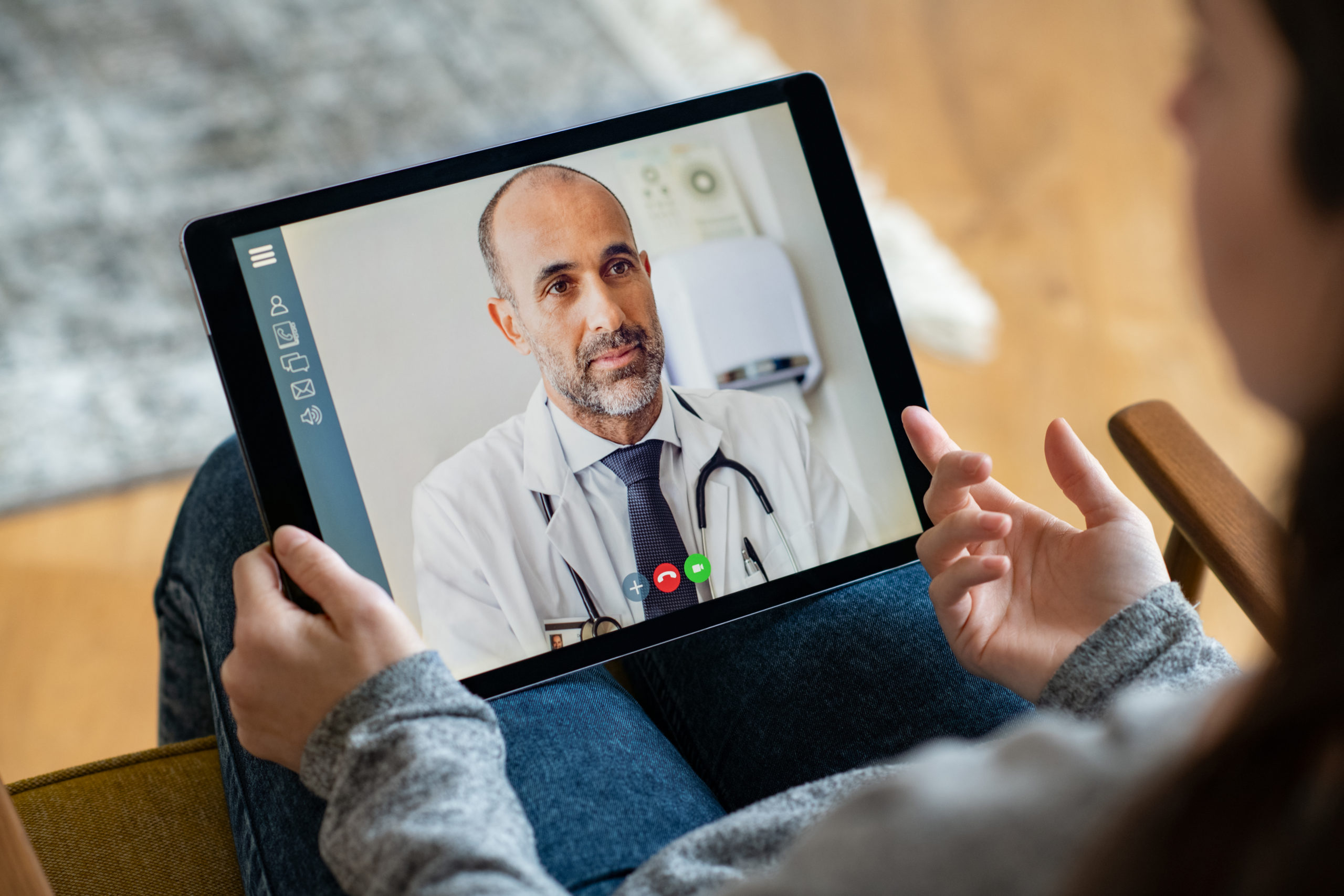Telehealth Will Change Medical Office in 5 Ways
With every facet of business going remote, commercial real estate’s physical footprint is being reconsidered from the ground up. This comes as no surprise in a time where everything is transitioning onto the web.
In the recent past, it was the norm for all businesses to offer in-person services. Web integration was widespread, and in some cases (such as retail), the e-industry pressured physical spaces. However, other arenas, such as eateries, fitness, and medical spaces weren’t up against such fierce tension.
But, now the very foundation of businesses has been altered by the pandemic. Digital migration was a must for every industry during these socially-distant months, prompting many industries to opt for a permanent digital presence over a brick-and-mortar footprint.
Today, even the medical arena is adopting a telehealth, or telemedicine, model – where doctor and patient interactions are shaped by technology. Undoubtedly, this re-design of the medical industry will spark changes for commercial medical leasing. Here’s how:
Telehealth Impacting Spatial Needs
With more patients choosing to schedule an e-appointment with their doctor instead of physically going to their office, the patient quota of the medical space is being drastically reduced – which actually isn’t such a bad thing.
Unlike other industries, this consumer movement doesn’t necessarily impact the bottom line of business. Patients are still having appointments, they’re just not visiting in-person. As a result, medical assets no longer need to be sprawling multi-roomed facilities housed within larger mixed-use buildings.
Telehealth is helping the healthcare sector become increasingly flexible to meet new public needs.
Improvements to Asset Designs
Since there’s no need to crunch in as many patient rooms as possible, the medical space will be able to enhance its floor plan designs. Waiting rooms can be cozier and more inviting, appointment rooms can expand, and the overall flow of the asset can improve.
Coming to a Community Near You
The small-footprint medical market will now be able to grow, effectively permeating more local communities. This movement allows doctors to offer their services in convenient, small-scale locations that reduce the distance between a medical professional and their clients.
Blending with Other Sectors
In addition to integrating medical spaces into residential communities, telehealth will also allow for the medical industry to blend with other commercial assets.
With health and safety being a primary concern throughout the market recovery period, integrating a medical facility within CRE’s other asset types can help reduce the likelihood of viral transmission between building occupants.
Whether it’s an office space or an industrial asset, having medical professionals ready to work on-site would enable symptoms to be immediately addressed instead of needing to travel to another site – which further risks the chance of transmission. These facilities can also host regular COVID testing instead of teams having to visit a separate testing location.
The Modern Medical Experience
While telehealth is not a new trend, only 11% of Americans used the remote healthcare model in 2019. In 2020, 46% of national consumers are currently using telehealth. This sudden spike in use only demonstrates telemedicine as a lasting new normal that sustains during and after COVID.


